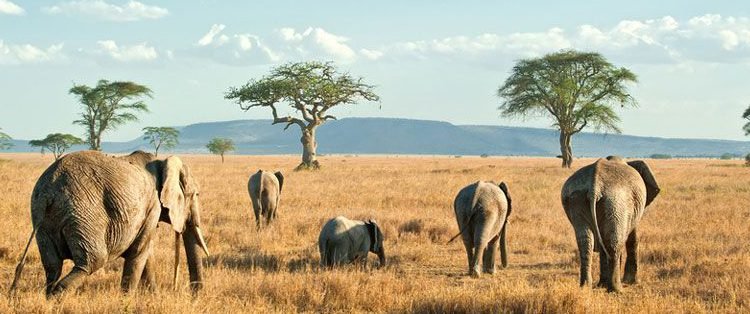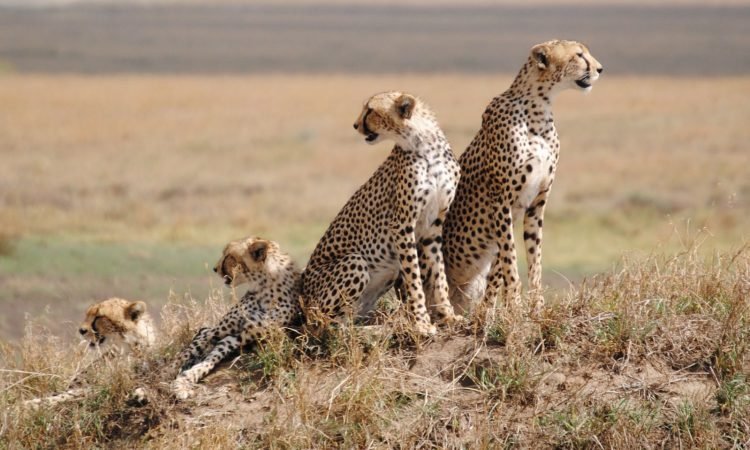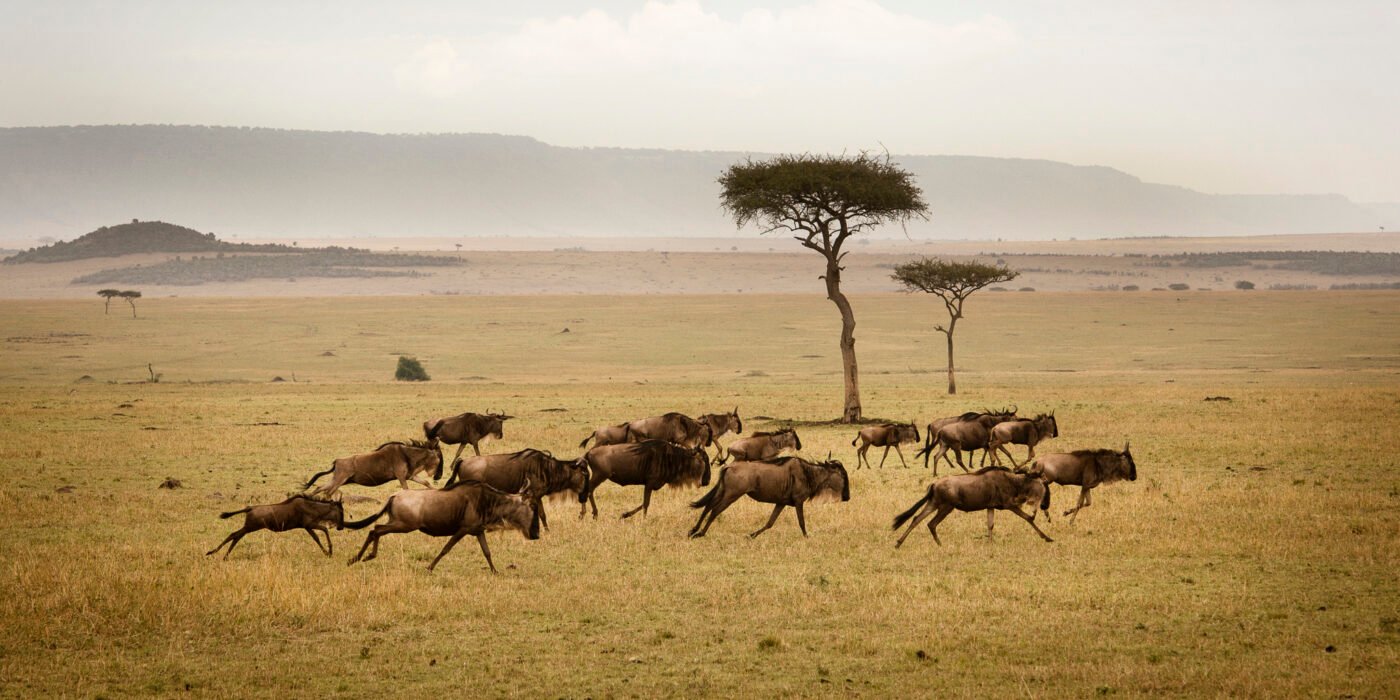The Serengeti National Park is one of the most renowned wildlife destinations in the world, drawing travelers, researchers, and conservationists from every corner of the globe. Known for its breathtaking The Serengeti National Park is a world-renowned wildlife destination that captivates travelers, researchers, and conservationists alike. Known for its stunning landscapes, incredible wildlife, and the famous Great Migration, the Serengeti is a gem in Tanzania’s crown. But where exactly is this magnificent park, and what makes it so special? This guide will explore the Serengeti’s location, history, and ecological importance, giving you a clearer picture of why it’s a must-visit destination.
1. Geographical Location of the Serengeti
The Serengeti National Park is located in the northwestern part of Tanzania, East Africa. Covering an impressive 14,750 square kilometers (5,700 square miles), it stretches across the Arusha and Mara regions. It lies between the Great Rift Valley and the Kenya-Tanzania border, extending southward to the Ngorongoro Conservation Area.
Coordinates:
- Latitude: About 2.3333° S
- Longitude: About 34.8333° E
The Serengeti’s location places it right in the heart of the East African savanna, characterized by vast grasslands and scattered trees. This region is crucial for the ecological balance of the area, supporting a diverse range of plant and animal life.
2. Nearby Regions and Access Points
Kenya-Tanzania Border: To the north, the Serengeti borders Kenya’s Maasai Mara National Reserve. This proximity allows the Great Migration—a spectacular journey of millions of wildebeest, zebras, and gazelles—to flow between the two parks.
Ngorongoro Conservation Area: To the southeast lies the Ngorongoro Conservation Area, home to the famous Ngorongoro Crater, a large volcanic caldera with diverse wildlife.
Arusha: Located east of the Serengeti, Arusha is a common gateway for visitors. It is roughly 320 kilometers (200 miles) from the Serengeti’s Seronera airstrip, the main entry point for many travelers.
Mara Region: To the northwest, the Mara Region of Tanzania includes parts of the Serengeti and is essential for wildlife movement and conservation.
3. Historical Background
The Serengeti has been a focus of conservation since the early 20th century. The British colonial administration established the park in 1951 to protect its unique ecosystems and wildlife. In 1981, the Serengeti was designated a UNESCO World Heritage Site due to its outstanding universal value.
The name “Serengeti” comes from the Maasai language, meaning “endless plains,” which perfectly describes the park’s expansive grasslands and open landscapes.
4. Ecological Importance
The Serengeti is known for its rich biodiversity and complex ecosystems. It forms part of the larger Serengeti-Mara Ecosystem, which includes Kenya’s Maasai Mara and the Ngorongoro Conservation Area.
Flora: The park’s vegetation mainly consists of savanna grasslands with scattered acacia trees and shrubs. These grasslands support a wide variety of herbivores and play a key role in maintaining the ecological balance.
Fauna: The Serengeti is home to over 70 large mammal species, including the “Big Five” (lion, leopard, elephant, buffalo, and rhinoceros). It also supports many bird species, reptiles, and insects.
The Great Migration: One of the Serengeti’s most famous features is the Great Migration, where millions of wildebeest, zebras, and gazelles move across the plains in search of food and water. This event is one of the most extraordinary wildlife spectacles in the world.
5. Conservation and Tourism
The Serengeti National Park is crucial for conservation efforts. The park’s management focuses on preserving natural habitats, protecting endangered species, and encouraging sustainable tourism. Various conservation organizations and local communities work together to safeguard this precious ecosystem.
Tourism is an important part of the Serengeti’s economy and conservation efforts. Visitors can explore the park through game drives, hot air balloon safaris, and guided walking tours. The park offers a range of accommodations, from lodges to campsites, providing essential services to tourists while promoting environmental responsibility.
6. How to Get There
Traveling to the Serengeti typically involves flying to one of the park’s airstrips or arriving by road. The main airstrips are Seronera, Klein’s Camp, and Grumeti, with flights available from Arusha, Kilimanjaro, and Nairobi. Road access is also possible, with several routes connecting the park to major cities and neighboring regions.
Travel Tips:
- Best Time to Visit: The Serengeti is a year-round destination, but the dry season (June to October) is ideal for witnessing the Great Migration.
- Permits and Fees: Visitors need to obtain park entry permits and pay conservation fees, which help fund the park’s management and protection.

7. Conclusion
The Serengeti National Park, with its breathtaking landscapes and incredible wildlife, is a true natural wonder. Its location in Tanzania, combined with its rich history and ecological significance, makes it a must-visit destination for anyone interested in experiencing Africa’s wilderness. Whether you’re eager to witness the Great Migration, see diverse wildlife, or immerse yourself in nature, the Serengeti offers an unforgettable adventure that highlights the best of Tanzania’s natural heritage.
Planning a trip to this iconic park not only provides a chance to witness its splendor but also supports ongoing conservation efforts. The Serengeti is more than just a place on the map; it’s a symbol of nature’s grandeur and a reminder of the importance of preserving our planet’s natural treasures.


